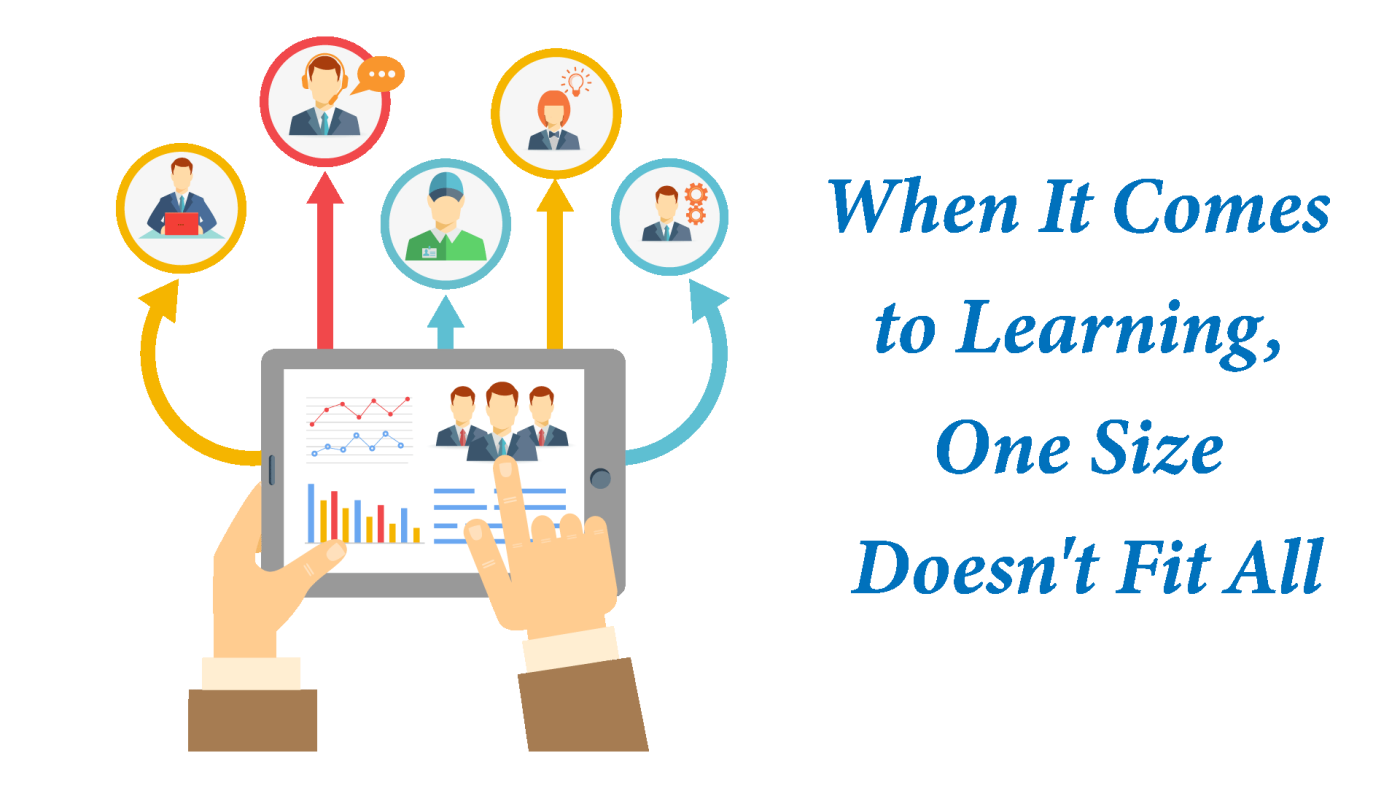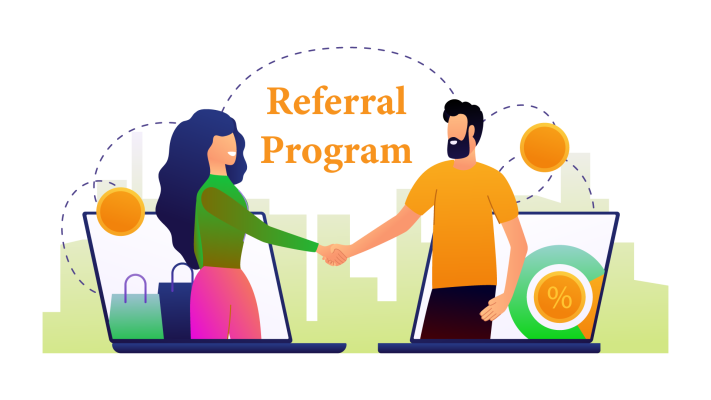Introduction
In today’s rapidly evolving workplace, it’s clear that the workforce is more diverse than ever before. With individuals from different generations working side by side, it’s crucial to recognize that each generation brings unique perspectives, preferences, and approaches to learning and development. Welcome to a blog post that delves into the fascinating world of intergenerational learning and highlights the importance of tailored approaches for different age groups.
As Baby Boomers, Zoomers, Gen X, and Millennials coexist in the modern workforce, the differences in their experiences, values, and technological proficiency become increasingly apparent. While Boomers possess a wealth of knowledge and expertise accumulated over decades, Zoomers are digital natives who effortlessly navigate the complexities of the digital age. Gen X, often characterized as the “bridge” generation, strikes a balance between traditional and contemporary practices, while Millennials, known for their tech-savviness and desire for purpose-driven work, bring a fresh perspective to the table.
Recognizing that “one size doesn’t fit all” when it comes to learning, organizations must adapt their training and development strategies to cater to the unique needs of each generation. Whether it’s providing flexible learning formats, incorporating technology-driven solutions, or fostering mentorship opportunities, a personalized approach to learning ensures maximum engagement, knowledge retention, and professional growth across all age groups.
Join us on this exciting journey as we unravel the mysteries of intergenerational learning and discover how PulseHRM Recruitment Services can partner with your organization to create a vibrant, inclusive learning ecosystem that propels your workforce towards success. Together, let’s embrace the diverse learning needs of Boomers, Zoomers, Gen X, and Millennials, and unlock the full potential of your organization.
Remember, when it comes to learning, one size doesn’t fit all!
Stay tuned for our upcoming blog posts filled with valuable insights and practical tips. And if you’re ready to embark on a transformative learning journey, reach out to PulseHRM Recruitment Services. We’re here to help you unleash the power of tailored learning for a thriving, multi-generational workforce.
1. Baby Boomers: The Traditionalists:
Born between 1946 and 1964, Baby Boomers grew up in a time when traditional educational systems prevailed. They value structure, authority, and respect for established knowledge. Baby Boomers tend to prefer classroom-based learning environments with clear goals, detailed instructions, and hierarchical teaching methods. They appreciate lectures, textbooks, and direct feedback. Incorporating group discussions and real-world examples can enhance their learning experience by allowing them to connect new knowledge with their existing frameworks.
2. Generation X: The Independent Learners:
Generation X, born between 1965 and 1980, witnessed the advent of technology and experienced a shift towards more individualistic learning. They tend to be self-reliant and value flexibility and work-life balance. Gen X learners thrive in blended learning environments that combine face-to-face interaction with online resources. They appreciate opportunities for self-paced learning, problem-solving exercises, and collaborative projects. Providing Gen X learners with autonomy and allowing them to explore topics independently can foster engagement and empower them to take charge of their own learning.
3. Millennials: The Tech-Savvy Collaborators:
Millennials, born between 1981 and 1996, came of age during the rise of digital technology and the internet. They are highly tech-savvy, socially connected, and seek meaningful and interactive learning experiences. Millennials value collaboration, feedback, and real-world applications. Incorporating gamification, multimedia elements, and social learning platforms can boost their engagement. Millennials are also motivated by purpose and value-driven learning, so integrating opportunities for community service or projects with a positive social impact can enhance their learning experience.
4. Zoomers (Generation Z): The Digital Natives:
Generation Z, born after 1996, grew up fully immersed in the digital age. They are the true digital natives, comfortable with technology and constant connectivity. Zoomers are known for their short attention spans and desire for bite-sized, visually appealing content. They thrive in interactive and multimedia-rich learning environments that leverage videos, infographics, podcasts, and other digital formats. Microlearning, which delivers small, digestible units of information, is particularly effective for Zoomers. Providing immediate feedback, gamified elements, and virtual reality experiences can capture their attention and facilitate deeper learning.
Conclusion:
The generational divide between Boomers, Zoomers, Gen X, and Millennials when it comes to learning is clear: one size doesn’t fit all. Each generation brings unique experiences, preferences, and learning styles to the table. Acknowledging these differences is crucial for fostering a productive and inclusive learning environment that caters to the diverse needs of individuals across all age groups.
Boomers, with their wealth of experience, often prefer a structured and mentorship-based approach to learning. They value face-to-face interactions and appreciate the opportunity to share their knowledge with others. Gen X, known for their independence and adaptability, thrive on a blend of traditional and technology-driven learning methods. They appreciate a balance between in-person and digital resources.
Millennials, the tech-savvy generation, crave interactive and dynamic learning experiences. They respond well to gamification, online platforms, and collaborative environments. Finally, the Zoomers, born into a highly digital era, embrace cutting-edge technology and favor personalized and self-directed learning paths.
While these generational characteristics provide valuable insights, it’s important to remember that individual preferences and learning styles transcend age. People are multifaceted, and their approach to learning is influenced by factors beyond generational boundaries, such as personality, background, and career goals.
To address this diversity and ensure effective learning experiences, organizations need to adopt a tailored approach. This means incorporating a mix of traditional and digital learning methods, fostering mentorship opportunities, encouraging collaboration, and providing flexible options that cater to different learning styles. By doing so, organizations can create an inclusive learning culture that empowers individuals from all generations to grow and succeed.
If you are an organization looking to optimize your learning and development strategies and bridge the generational learning gap, consider reaching out to PulseHRM Recruitment Services. With our expertise in talent acquisition and development, PulseHRM can help you design customized learning programs that meet the unique needs of your employees across different generations. Contact us today and unlock the full potential of your workforce.
Remember, when it comes to learning, one size doesn’t fit all. Embrace diversity, tailor your approach, and watch your organization thrive.
Email us at info@pulsehrm.com or call us directly at +91 (806) 184 8844 to get started.






